Duvet Buying Guide
Choosing the right duvet has a significant impact on how you sleep. Your body temperature, allergies and comfort are all affected by your environment, so it's important you're able to understand which size, shape and filling of duvet will allow you and your family a restful night.
Let us help you make the right purchase; we've created a duvet buying guide, giving you all the information you need about duvet filling options, tog ratings and health and safety information - including advice for mother and baby.
Duvet sizes
Duvet measurements vary for each customer; from the bed frame to the mattress, we understand they're designed for all ages and sizes of bedroom, and you'll need to find what's right for you. Our standard adult dimensions are Single, Double, King and Super King - we've added the exact measurements in centimetres to the table below for you to use at home; all you'll need is a tape measure and your chosen bedframe or mattress, and you can match the dimensions to one of our given sizes.
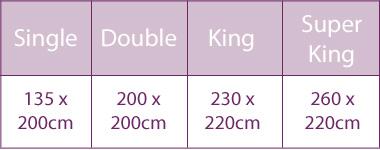
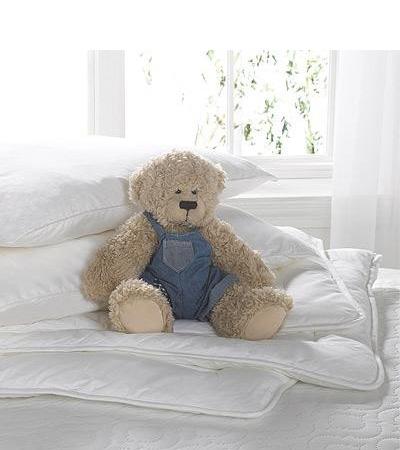
Tog Rating
Tog rating is the Thermal Overall Grade results given to duvets from around the world. This scale allows customers to understand the level of thermal resistance and overall warmth they can expect from their potentional purchase, as it's a common misconception that the thicker the material, the warmer the duvet.
Starting at just 1 tog, this rating goes all the way up to 15. Indicating light, cool protection in the lower numbers vs. thermal and cosy as you get higher up the scale; cooler duvets are a favourite during the summer months, even as an extra layer of comfort all year round, whereas the higher tog ratings can be reserved for winter nights and arctic chills. Most families will buy duvets at each end of the scale to interchange with the weather, however, you should be comfortable with a middle-weight 10.5 tog throughout all seasons.

What is synthetic filling?
Synthetic, fibre-filled duvets are the most affordable and practical solution for your home. Made from resistent, hypoallergenic materials, they're perfectly suited to those who suffer from asthma, eczema or any dust sensitivity. Created with anti-allergen fabrics and a strong, durable finish, they can be washed frequently at high temperatures.
Regularly made from cotton and polyester; synthetic duvets are carefully woven to create hollowfibre and microfibre finishes, each with its own special property. Hollowfibre is spun into thicker strands giving it a more rigid structure, adding a firm loft to duvet and pillows, and in turn providing much needed support to the back and neck.
Microfibre is the latest in fibre manufacturing; spun into very fine fibres - 1/100th the diameter of human hair to be exact - the vast amount can then used to trap even more air and keep the body even warmer. Microfibre is now the closest filling to natural down on the market; due to its thermal properties and soft sensation, these duvets are now almost identical to their natural counterpart.
What is a feather filling?
The two most popular feathers used in duvet fillings are from birds well adapted to some of the coldest parts of the world. Duck and goose plumage offers remarkable protection from the lowest temperatures, all whilst regulating the body from the sun's heat. Therefore, natural feather fillings can trap air within your duvet, keeping you warm and allowing your skin to breathe.
Due to their weight and firm structure, duck feathers and goose feathers are more commonly paired with down to create a softer, lighter duvet. The shape of a down cluster is spherical, so it traps much more air without taking up space or weight, and together, the feathers create the ideal solution to warm, affordable protection.
Sourced from arctic parts of Europe and the frozen regions of Siberia and Canada, Canadian goose is considered the most luxurious for your feather or down filling. However, unlike most common synthetic fillings, all feather and down duvets will create a light, warming insulation to drape around your body, without losing elegance and style in the bedroom.
What is down filling?
Due to its softer properties and delicate arrangement, down is considered the most luxurious and expensive duvet filling. Found underneath a bird's water resistent feather layer, it consists of extremely soft, fluffy clusters, giving complete insulation and warmth all year round.
These clusters of filaments grow from a central point, without a quill shaft like the heavier, more rigid feather. The air in-between the down is then trapped in thousands of air pockets, providing exceptional warmth and breathable insulation. The larger the amount of down fibres, measured using Fill Power, the greater the amount of air that can be trapped - even with a low tog rating.
Duck and goose down are the most popular choice for natural duvet fillings; hailing from the colder regions of the globe, these birds are well adapted to warm summers and freezing winters, with Canadian goose down considered the most warm and luxurious.
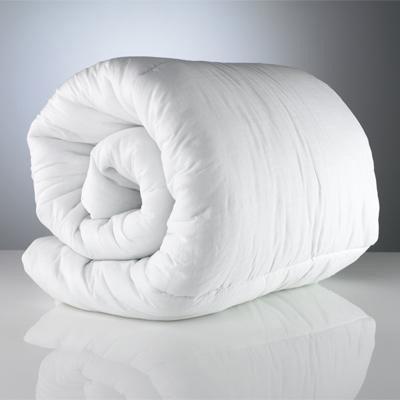
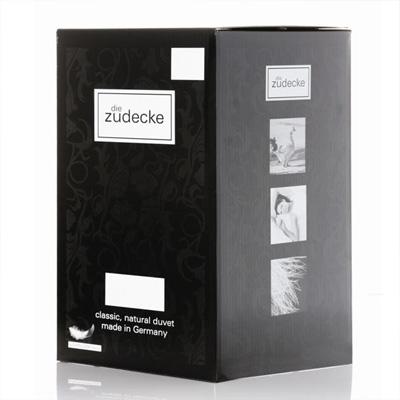
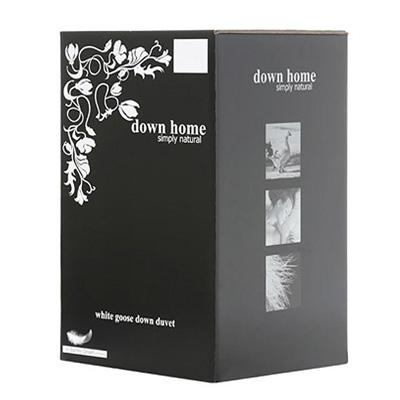
Duvet fillings: natural vs. synthetic
Synthetic fillings not only work well as a lighter alternative during sleep; they can be washed far more frequently than natural fibres. Suitable for tumble dryers, most detergents and chemical washing powders, their hypoallergenic properties are well suited to children's bedding and severe allergy sufferers.
Natural feather and down duvets provide higher levels of warmth using less filling, and due to natural insulation properties your skin is able to breathe more easily - all whilst regulating your body heat and personal sleeping pattern. From Hungarian goose down to Canadian duck feathers, the quality and cost of naturally filled duvets will depend on the origin of the bird.
Children's bedding
Please note that children under 12 months should not sleep with duvets – very young children and babies have specific requirements for sleeping accessories as they are not yet able to regulate their temperature throughout the night. Pillows also pose health and safety risks until the appropriate age; for early years, we advise a simple moses basket, cot bed mattress and cotton sheets.
An alternative sleeping solution for your baby are baby sleeping bags. Not only do they keep your baby safe and cosy, they also encourage them to sleep in the feet to foot position (feet facing the bottom of the cot). Fabrics such as cotton or synthetic polyester for your child's sheets and bedding offer amazing comfort, and can be machine washed as often as needed.
Your baby's nursery needs to stay at the right temperature throughout the night, your baby cannot regulate its temperature so you need to ensure they're always comfortable. The ideal temperatures for a nursery or child's bedroom should be between 16 and 20 degrees – this may seem a bit cool, but your baby will sleep soundly at this level and it prevents them from overheating. Your child does not need to be in a hot room to feel comfortable, ensure there is a thermometer in the room at all times to monitor throughout the day.
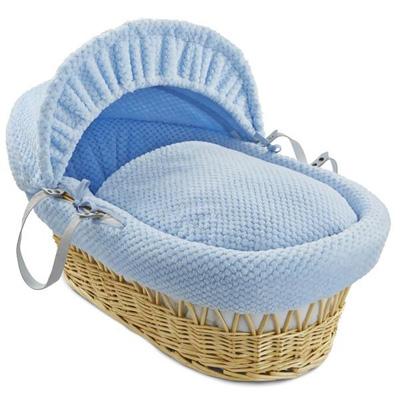
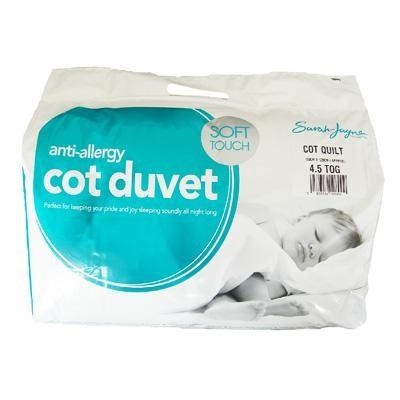
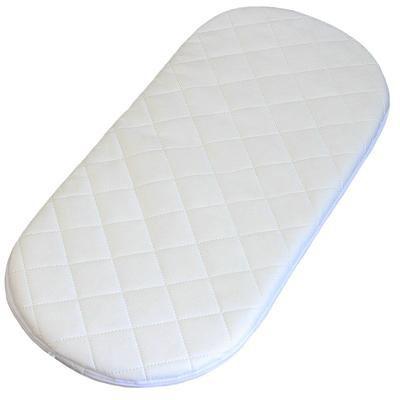
Caring for you duvet & washing tips
It's important to read the label of your duvet before washing; fillings and fabrics can affect the process of care and you'll need to be aware of any adjustments or temperature limits from the manufacturer.
All duvets need to be washed in a large capacity washing machine to allow the filling to move freely. The ideal sizes of washing machine drums should be +15kgs with a gentle cycle to allow minimum agitation to the duvet. Synthetic fillings are able to be washed at 40-60 degrees to kill dust mites, and if your tumble dryer is the right size this can be used with your synthetic duvet to complete the drying process.
Linens Limited top tip: try throwing tennis balls into your dryer to help stop the duvet clumping together whilst drying.
Natural fillings need to be thoroughly dried after washing; this may be difficult to achieve at home as your tumble dryer may not be large enough for the feather fillings, and weather can affect the use of garden line drying. Always read the care label before washing your natural duvet; you may be able to wash it on a gentle cycle, using a detergent without enzymes - however it's advisable to have your duvet professionally cleaned to ensure best results and longevity in use.